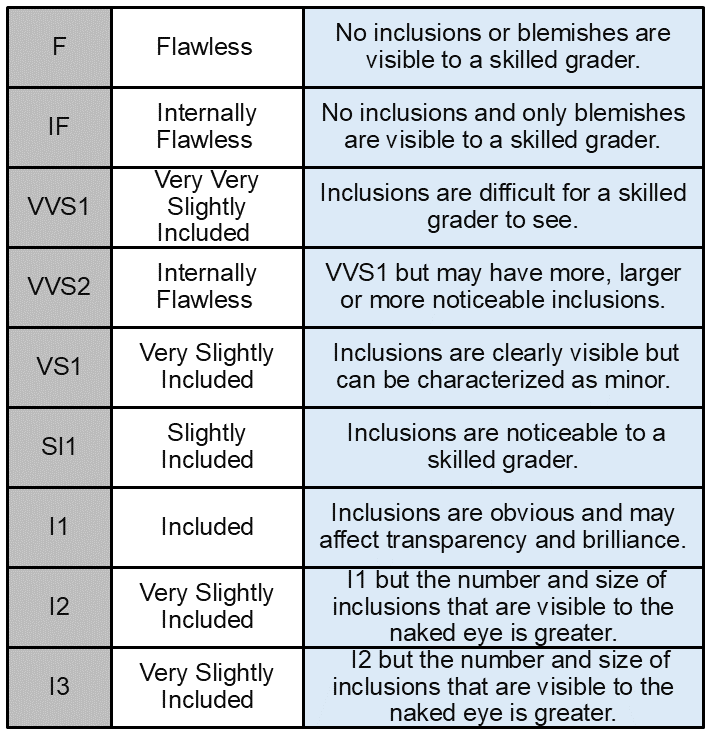The 4 Cs of Diamond Grading
Cut
The cut of a diamond is a question of craftsmanship. Words like brightness, scintillation and fire describe how masterfully a diamond is cut. It also describes the overall design of a diamond, including the arrangement and proportions of the diamond’s facets. A diamond’s cut refers to how it interacts with light. Terms like oval or round refer to the shape, or outline of a diamond.
Diamond cut grades are only given to round brilliant cut diamonds because they are the only cut that have standardized facets. All other shapes are referred to as fancy shapes, which includes marquise, emerald, pear, oval, hearts and even triangles.
Proportions impact the face-up appearance, allure and attractiveness of diamonds. There are many components to consider when assessing the overall cut quality of a round brilliant diamond, one of which is the individual’s preference. Each grade range represents a range of proportion sets, so there is plenty of room for personal preference within a preferred grade range. There is a nearly unlimited combination of proportions possible, and all of them impact the interaction with light, and ultimately how attractive the diamond appears.
Carat Weight
Carat measures physical weight, not size. A metric carat is defined as 200 milligrams. Each carat is subdivided in 100 points, allowing for measurement tot he hundredth decimal place. Carat weight can be measured to the thousandth decimal place for rounding purposes.
The term carat weight comes from carob seeds and has been in use since the early 1500s. Early gem traders had used small uniform weeds to counterweight their scales. Today, a carat is a standard milligram measurement of weight, which is recognized and used around the world.
Certain carat weights are considered highly desirable such as 1.00 carat, 1.50 carats, or 2.00 carats. While it can be difficult or nearly impossible to visually distinguish a 0.99 carat diamond from a 1.00 carat diamond, the price or value may be significant.
At Ingrid’s Jewelers, we will help you find the perfect size diamond, whether large or small, as well as finding the right cut, clarity and color for you.
Color
Color is one of the most noticeable diamond traits and has a very significant affect on the customer demand and price. Diamonds range from colorless to yellow or light brown, and are sometimes found in a spectrum of fancy colors to include yellow, blue, red and even black diamonds. The less color, the more unique the diamond. After Z on the color scale, diamonds become fancy yellow, which cost more because of their rarity.

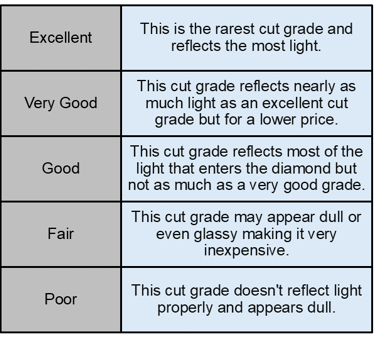
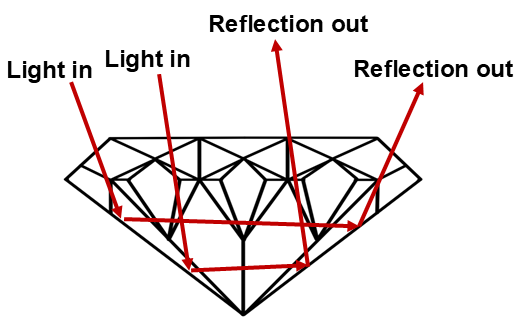

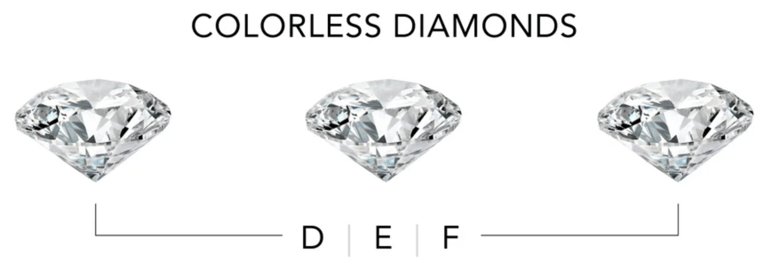



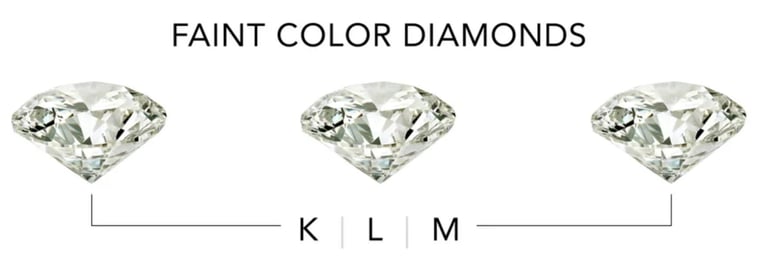

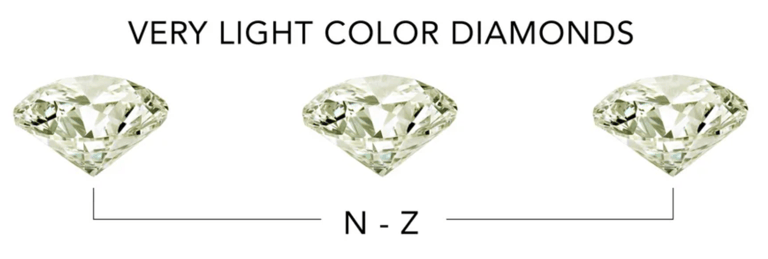

Clarity
Clarity refers to the absence or presence of internal inclusions and surface blemishes on a diamond. The scale ranges from Internally flawless to included. Diamonds are composed of mostly carbon. During the heating process, other elements become trapped inside, giving each diamond its own unique fingerprint. These inclusions help identify diamond clarity. All diamonds are viewed through a 10x magnification lens by diamond graders.
Clarity is very important in a diamond's overall appearance, quality, and price.
Appearance: Diamonds with more inclusions are less likely to shine as brightly and may look duller.
Quality: Diamonds with too many inclusions may be more likely to chip and less durable.
Price: Flawless and Internally Flawless diamonds are very rare and expensive, while Eye clean or Slightly Included diamonds are more accessible.
When choosing a diamond, it's important to consider what can be seen by the naked eye, as many inclusions are only visible under magnification. The ideal balance between color and clarity is also subjective and depends on personal preferences, budget and desired appearance.
